There’s nothing worse than slipping into a new pair of shoes only to have the back of your heel feel like it’s being sanded down by the end of the day. Whether it’s those leather shoes you’ve been dying to wear or a pair of high heels you thought would elevate your look, shoe scraping can turn a stylish moment into a painful one fast.
At Kizik, we’re all about making shoes that work with you, not against you. The good news? You don’t have to suffer for style or sacrifice comfort to solve this common issue.
We’ve got quick fixes to stop shoes from rubbing your heels, protect your feet, and keep you moving comfortably.
But first, what exactly is shoe scrapping anyway?
Shoe scraping happens when the back of your shoe rubs against your heel repeatedly, causing irritation, discomfort, or even blisters. It’s not just a minor annoyance—it can lead to serious foot pain, chafing, and long-term issues like calluses or even changes in how your shoes fit.
This usually happens for a few reasons. Maybe your shoes are too tight or too loose, or perhaps the shoe material—like stiff leather or unlined suede—just doesn’t have enough give. Even poorly placed seams or lack of cushioning can cause trouble. And let’s not forget moisture buildup, which turns an already uncomfortable situation into a recipe for blisters.
The worst part? Shoe scraping doesn’t discriminate. It can happen with new shoes that you need to break in, worn-out pairs that have lost their support, or even your go-to high heels.
How to stop shoes from rubbing the back of your heel
Shoe scraping can strike anytime, anywhere—but don’t worry, there’s hope for your heels. With a few easy tweaks, you can stop the irritation and enjoy every step pain-free.
Change the socks you wear
Our first change is a fairly basic one: The socks you wear and the way they fit significantly impact your comfort.
First, double-check that your socks cover all spots that make contact with your shoe. Ankle socks may be enough, or you may go for something longer.
Pay attention to the material and thickness of your socks. If your socks are too thin, your footwear rubbing against your heel may cause irritation. You may also find that your socks get damaged more quickly, wearing out at the seams.
Thicker socks can be cozier but may not necessarily be your style. If that’s the case, there are alternatives you can try.
First, wear socks with moisture-wicking materials. These can reduce the friction that comes with moisture build-up and protect your skin. You may also look into socks that feature extra padding in areas that usually see heavy wear.
Kizik’s Ankle Socks specifically address comfort needs. They feature a heel tab to provide extra coverage against your footwear and to prevent slipping. The material supporting these socks are chosen for being ultra moisture-wicking and plushly comfortable.
Use adhesive tape or pads
If you’ve changed your socks and your heel is still in pain, there are other options. It may also be that you need something to support your feet when you aren’t wearing socks. Thankfully, plenty of pads and adhesive tapes exist to protect your feet.
Protective pads can be found over the counter in many stores. These pads may have a moleskin backing to improve the way they last under exposure to friction. Moleskin is a thick, cotton-like material. It’s extremely durable, hence its frequent usage in band-aids and other first-aid supplies.
Using these should help alleviate the irritation your shoes may be causing you. There are plenty of additional ways to counteract these issues. Let’s discuss:
Apply powder to fight moisture
Plenty of issues contribute to irritation from rubbing on your heels. Contact itself is a huge issue, and we’ve highlighted ways to alleviate it above. However, there’s another threat that may exacerbate any issues you might have: Moisture.
Moisture causes more friction between surfaces. Whenever your feet are wet with anything, you’ll be more prone to irritation, chafing, and blisters.
There are many ways to cope with moisture; powder is one classic DIY way to stop its spread. Many powders, like baby powder, are designed to smooth, absorb moisture, and reduce chafing. It serves as an effective foot protectant against sweat, rain, and liquids in general.
If moisture from sweat is your issue, then an antiperspirant may be what you need. Feet have the highest number of sweat glands per square inch on your body. Hyperhidrosis, or excessive sweating, is a common problem, especially when it comes to our feet.
Deodorants serve as a way both to freshen and reduce sweat in the applied area. This makes for doubly comfortable feet: deodorant means less sweat, less sweat means less friction and less friction means more comfortable feet.
Use orthotics
Though it’s not necessarily your first line of defense, orthotics can help reduce rubbing. Orthotics broadly include any type of insert used to address the way your feet sit in shoes. They can support your arch and the way you move your feet. By changing how your feet fit your shoes, you can reduce rubbing.
Many orthotic brands can be bought in mass-produced styles from your local pharmacy and convenience stores. For serious issues, a trip to the podiatrist may be in order. They can help diagnose major issues and assist with getting you custom orthotics. These typically fit feet better than over-the-counter solutions, as they are personally tailored to you.
Make sure your shoes are the right size
Wearing the wrong shoe size can cause a whole host of issues, and not just for your heel. We’ve all been guilty of this, whether intentionally or unintentionally. You find the perfect pair of shoes in a less-than-perfect size and push through the discomfort for style. This choice, while stylish, isn’t the best for your feet.
If your shoes are too large, your foot will slide inside of them. This means more back-and-forth chafing and a greater inclination towards falls and accidents.
If your shoes are too tight, you may feel constricted. Your shoes may hurt after only a short period of time. Your shoe may also dig into your heel for the worst rubbing you’ve ever encountered.
Worse, squeezing your feet into narrow shoes can harm your nerve endings. Hammer toe, bunions, and blisters are just the start of what long-term tightness can cause. Getting the right size is the best way to ensure you get properly-fitting shoes.
Make sure you know your shoe size
Our feet continue changing throughout our lives, and not just when we’re kids. Changes in weight, age, and pregnancy all have an impact on our shoe size. Plus, according to a 2018 study, most people are actually wearing the wrong size shoe.
Getting your feet measured with an actual sizing device is the easiest and most accurate method to find your size. Unless you happen to go to a shoe store, though, you probably don’t have easy access to one. Thankfully, there are also easy ways to measure your shoe size at home.
Measure both your length and width. The most common shoe widths are medium and wide. Because of this, all Kizik shoes come in medium and wide sizes for men, women, and children.
Don’t forget to measure your shoe size at the end of the day. Our feet change slightly as we spend more time upright. By the end of the day, they are a little larger than they were in the morning. Getting a comfortable measurement for the end of the day means your shoes will feel comfortable all day long.
Keep your feet (and shoes) dry
We’ve already established how important it is to protect your shoes from moisture. That moisture doesn’t always come from sweat. From rainy days to muddy hiking trails to pools and beaches, there is a lot of ambient moisture in our environments.
Keeping this moisture out of your shoes is essential to protecting your feet and your newest investment in footwear. Prevention is better than the cure — whenever possible, waterproof your shoes before heading out into unknown terrains.
The first way to protect your shoes from moisture is always properly drying your feet before putting your shoes on. Even a quick wipe while transitioning from water to land can help significantly.
When your shoes and socks are soaked, fixing the problem can be trickier. If you can, take your shoes off and let them dry. Put them in a cool, well-ventilated area to dry if you have the time. If you don’t, then you can make do while resisting moisture.
If you can’t immediately change your shoes, change your socks. Dry socks will help slightly absorb moisture from your shoes and keep your feet dry. It’s not the ideal solution to protect from moisture, but it’s much better than wearing wet socks.
Protect injured parts of your foot
If your feet are already sore, they may be injured or irritated already. Existing issues can make them more sensitive to rubbing and friction. If you feel any sensitivity or sore spots, you’ll want to take curative as well as preventative measures.
Place some form of ointment on the impacted skin. Some type of petroleum jelly, with moisturizing and protective properties, is ideal. Then cover the impacted spot with a bandage.
From there, you’ll want to cover any other part of your foot that may need protection. These two steps can prevent new issues from forming and old issues from becoming worse.
Is it time for a new pair of shoes?
If you’ve tried every hack in the book and shoe scraping is still wreaking havoc on your heels, it might be time to face the truth: your shoes have seen better days. While it can be tough to say goodbye to a pair you’ve loved, worn, and broken in, it’s often the best move for your foot health.
Here are a few signs your shoes are ready for retirement:
-
The soles are worn down: If the tread on your shoes is as smooth as a dance floor, it’s time for a replacement. Worn soles not only reduce cushioning but can also lead to slips and trips.
-
Your insoles are flat: Insoles should offer support, not feel like a pancake. If yours are squished beyond repair, your shoes won’t protect your feet like they should.
-
The back of the heel is damaged: Cracks, holes, or rough patches in the back of your shoe are telltale signs of trouble. Damaged materials can cause extra friction, causing blisters and irritation.
-
They feel loose or too tight: Shoes that no longer fit properly—whether they’ve stretched out or your feet have changed—can cause endless rubbing and discomfort.
-
They hurt, no matter what: If you’re constantly dealing with foot pain, no amount of heel grips, shoe inserts, or thick socks will save them.
Noticing these signs early can spare you from endless heel pain and frustration. And while parting ways with a pair you’ve relied on might feel like a tough call, it’s the perfect opportunity to treat your feet to something better.
With Kizik’s hands-free technology, sizes that actually fit, and materials built for all-day comfort, our slip-ons are designed to keep up with you—no compromises needed.
Say goodbye to shoe scraping for good
Shoe scraping doesn’t have to be a permanent problem. Whether it’s finding the right socks, using inserts, or knowing when it’s time to retire a pair, there are plenty of ways to give your heels the relief they deserve.
And when it’s time to replace those worn-out shoes, why not upgrade to something that makes life easier? Kizik’s hands-free slip-ons are the perfect mix of comfort, convenience, and style. From premium materials to sizes designed to actually fit, every detail is made with you in mind. No bending, no fuss—just step in and go.
Because at the end of the day, your shoes should support you, not fight you. So, ditch the frustration and treat your feet to the comfort they deserve. Check out Kizik’s collection today and find your new favorite pair—your heels will thank you.
Sources:
Why Wetting a Surface Can Increase Friction | APS Physics
How To Use Moleskin For Blisters I Healthline
The Side Effects of Wearing Ill-Fitting Shoes I Very Well Health



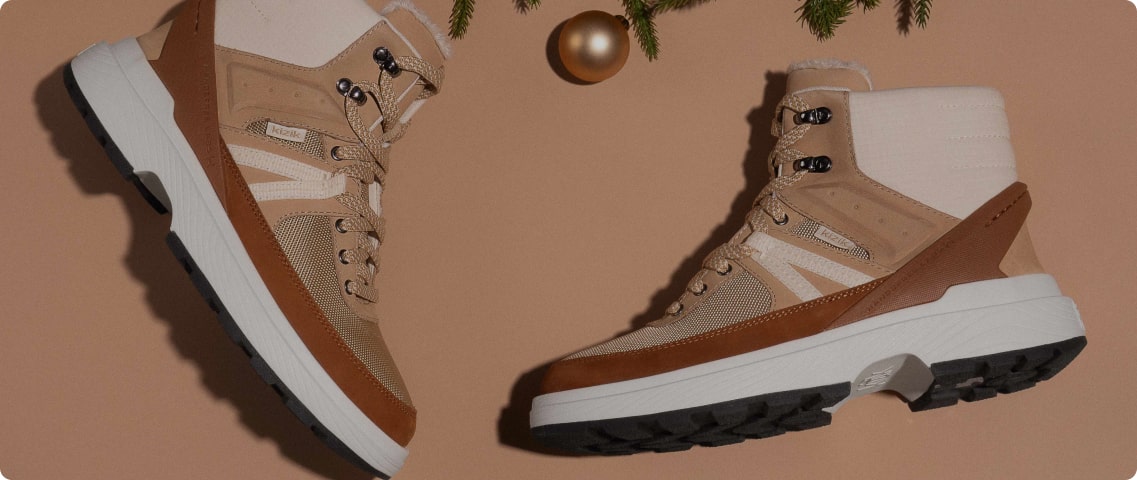
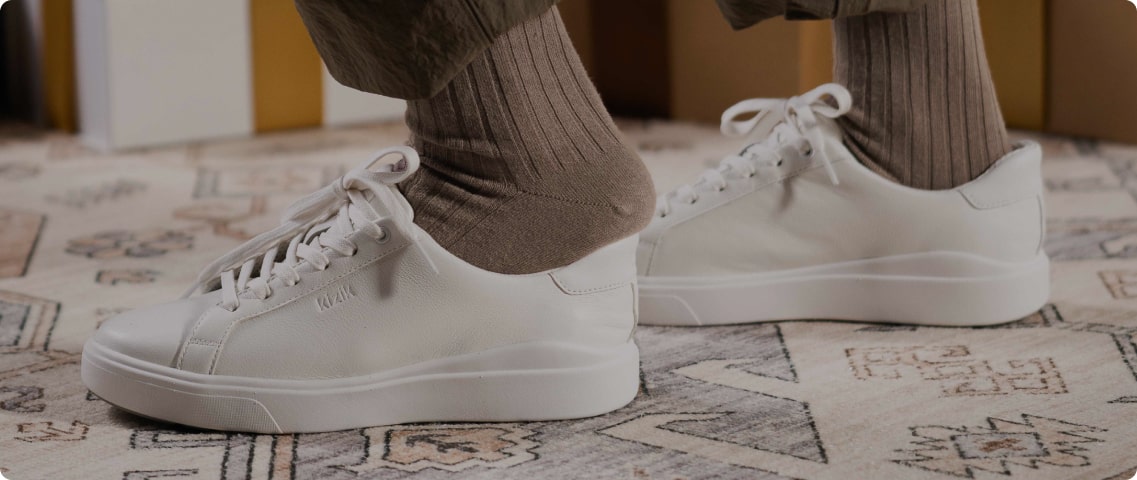
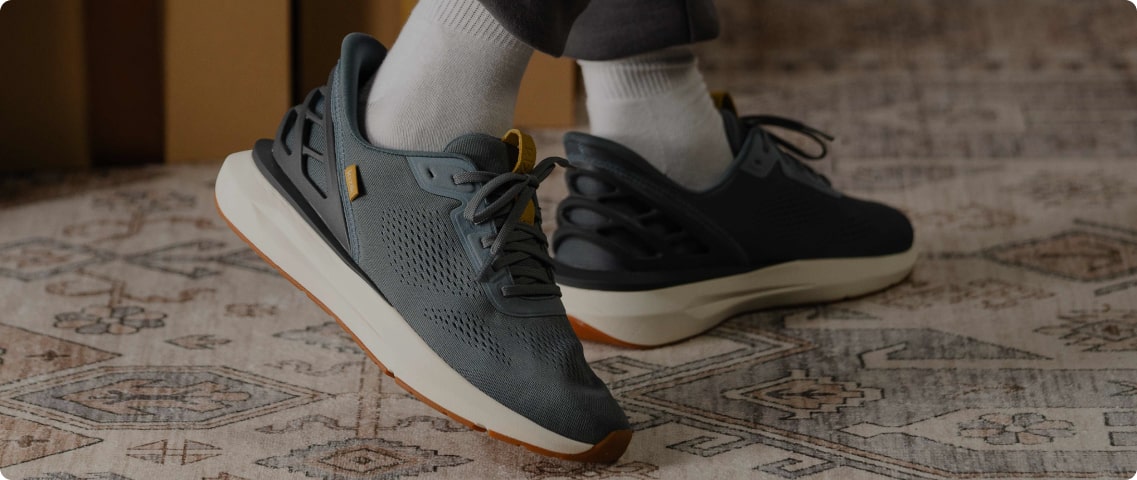


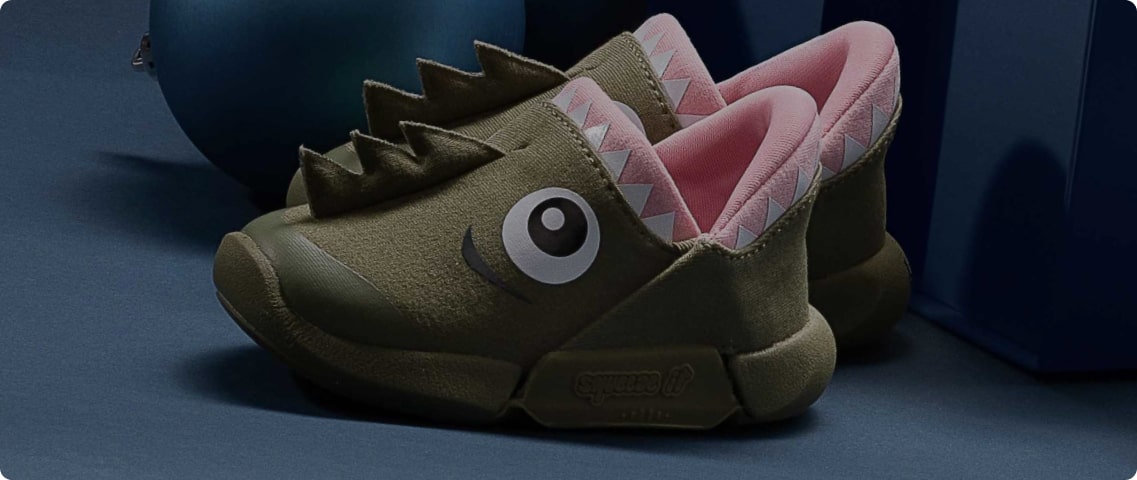
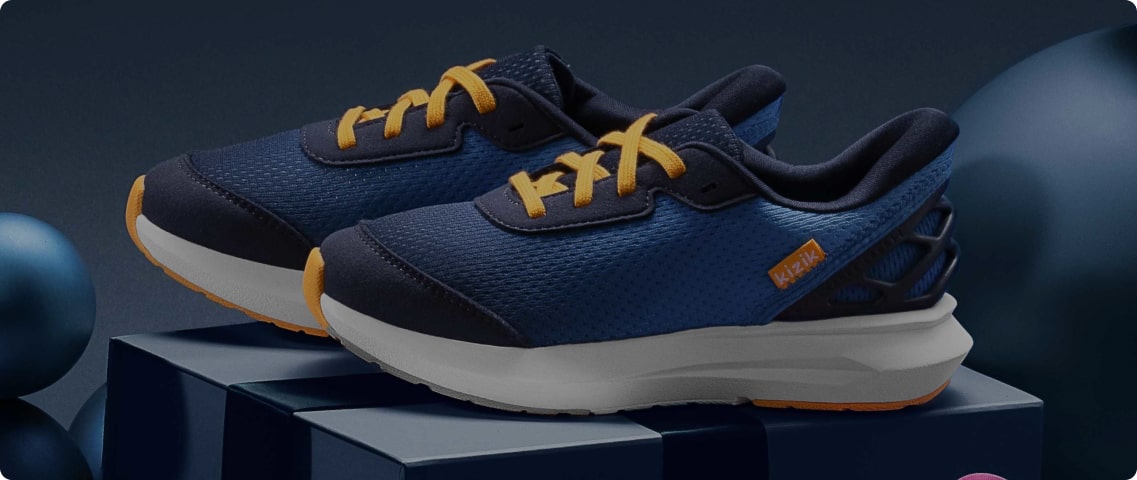
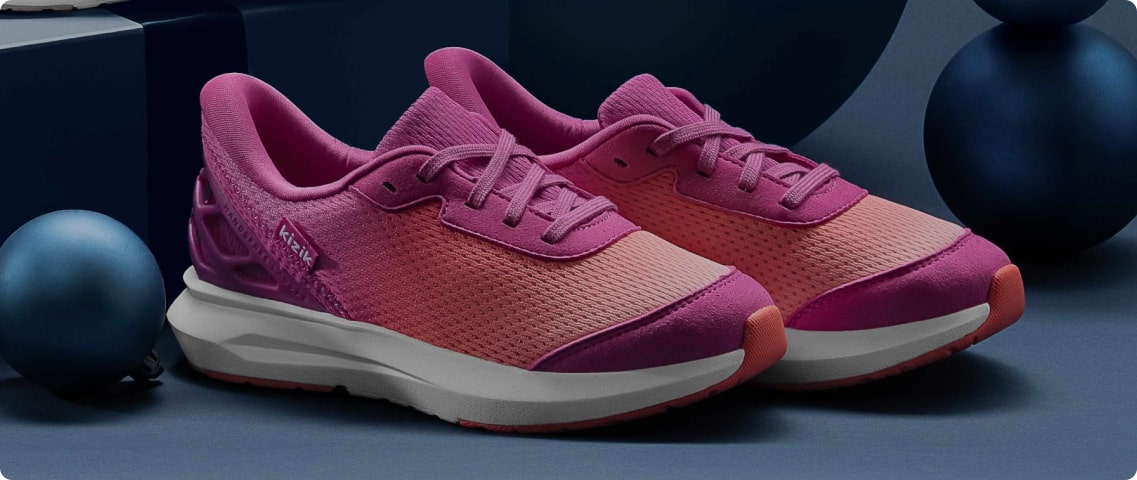

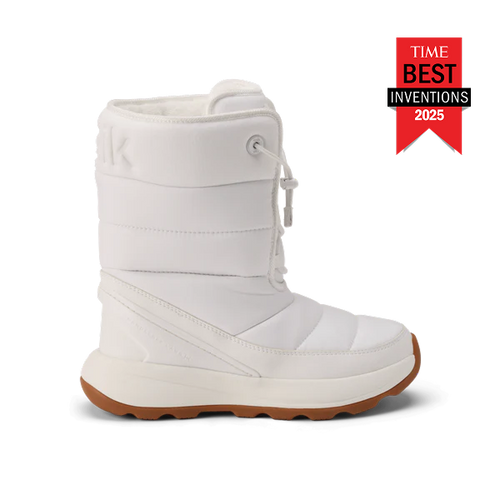


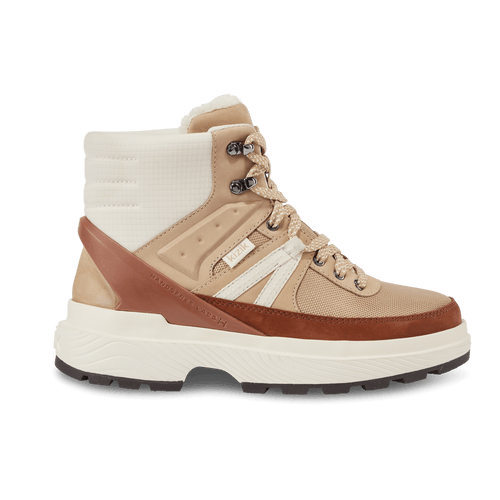
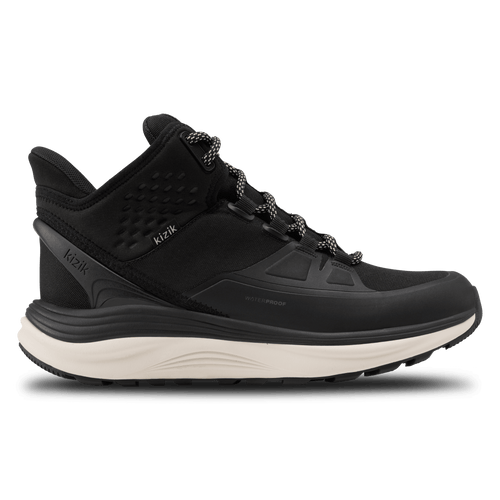








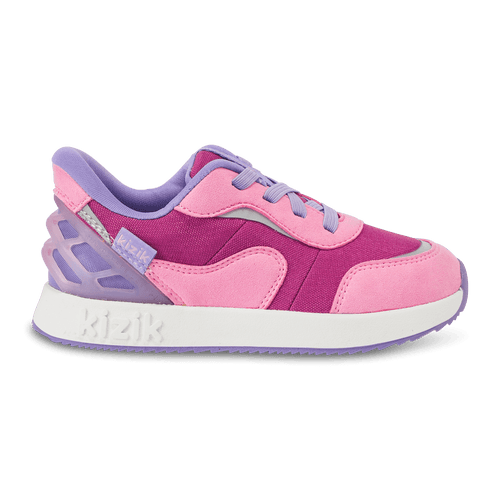

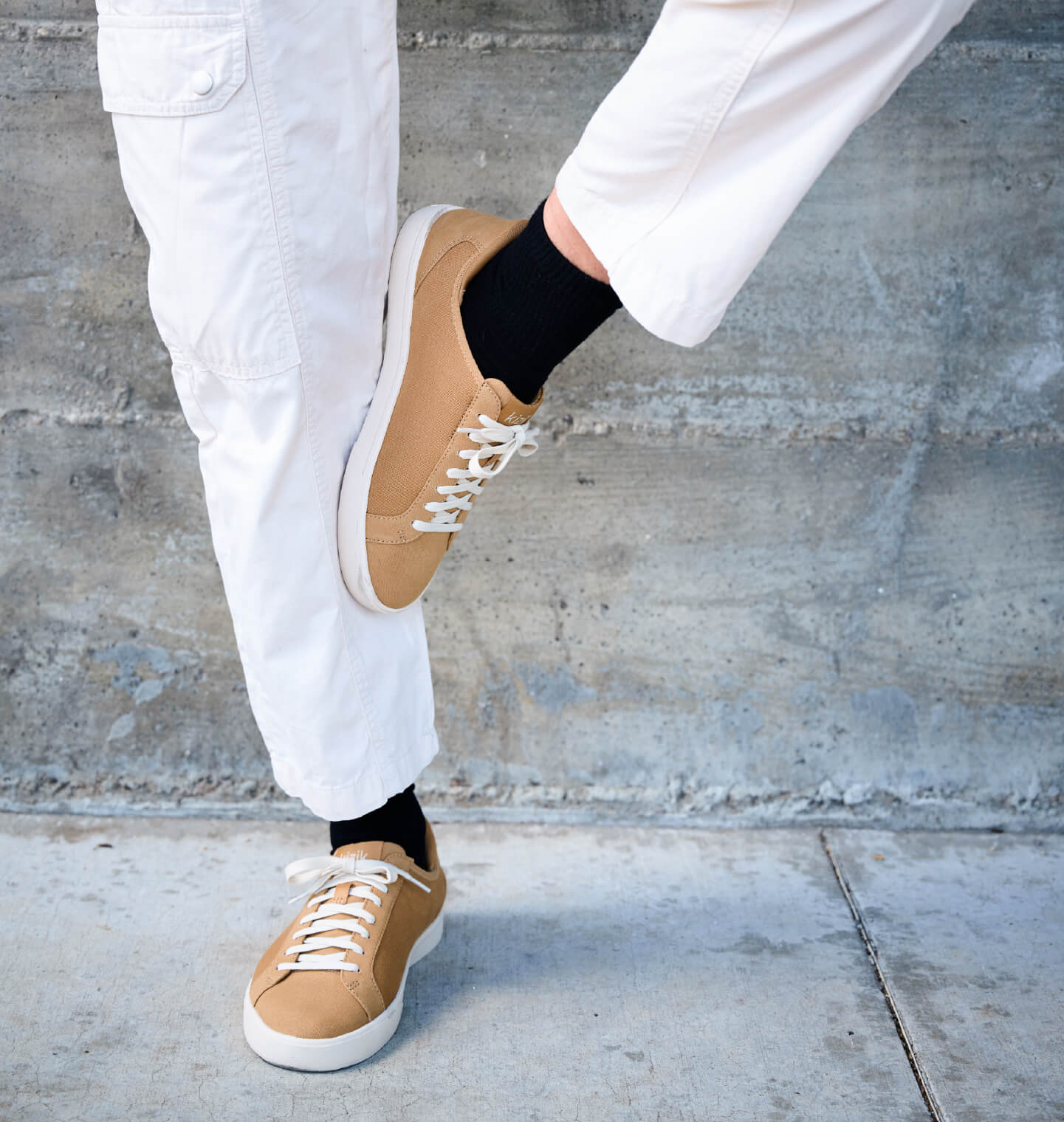

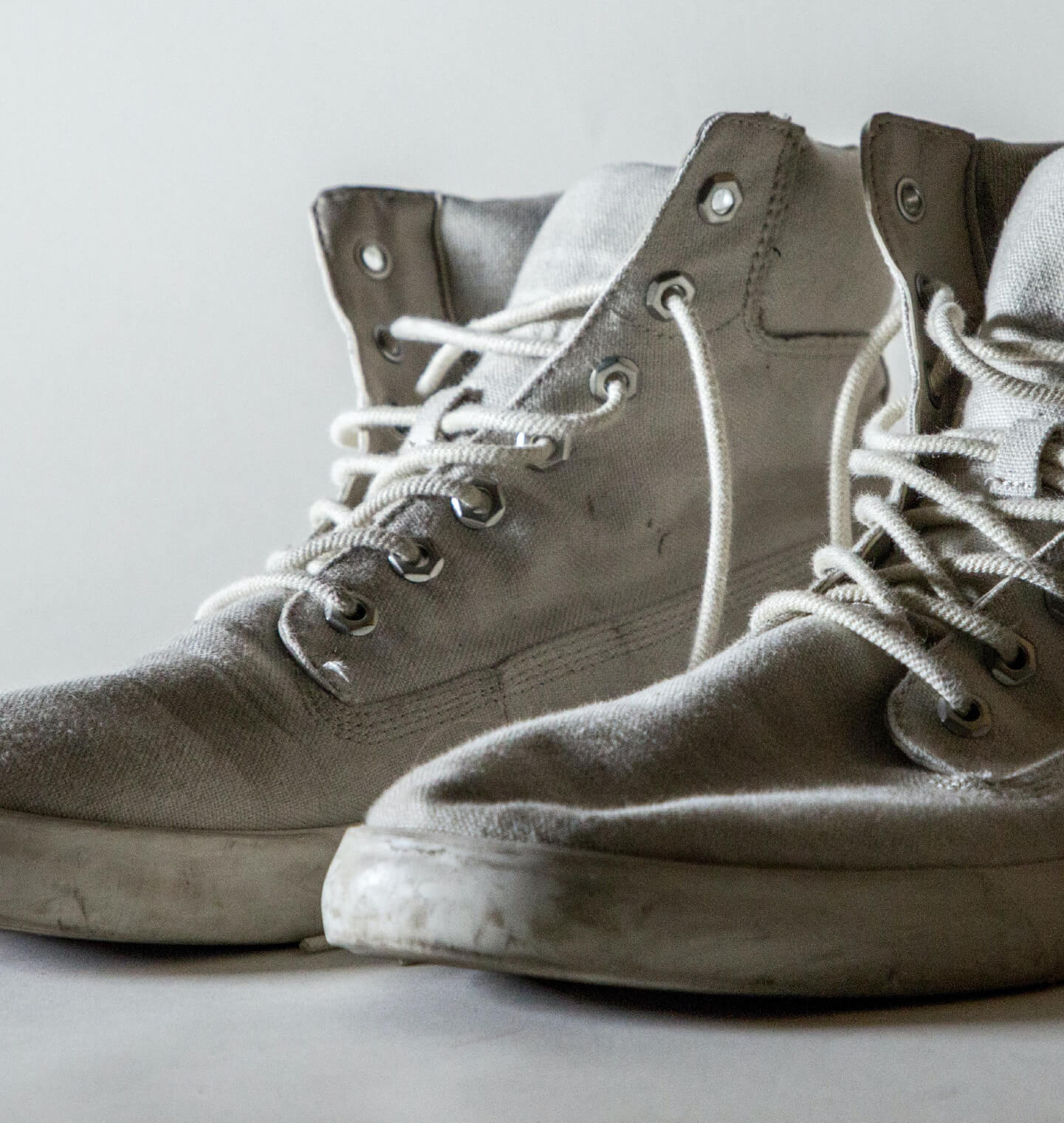
Leave a comment
This site is protected by hCaptcha and the hCaptcha Privacy Policy and Terms of Service apply.